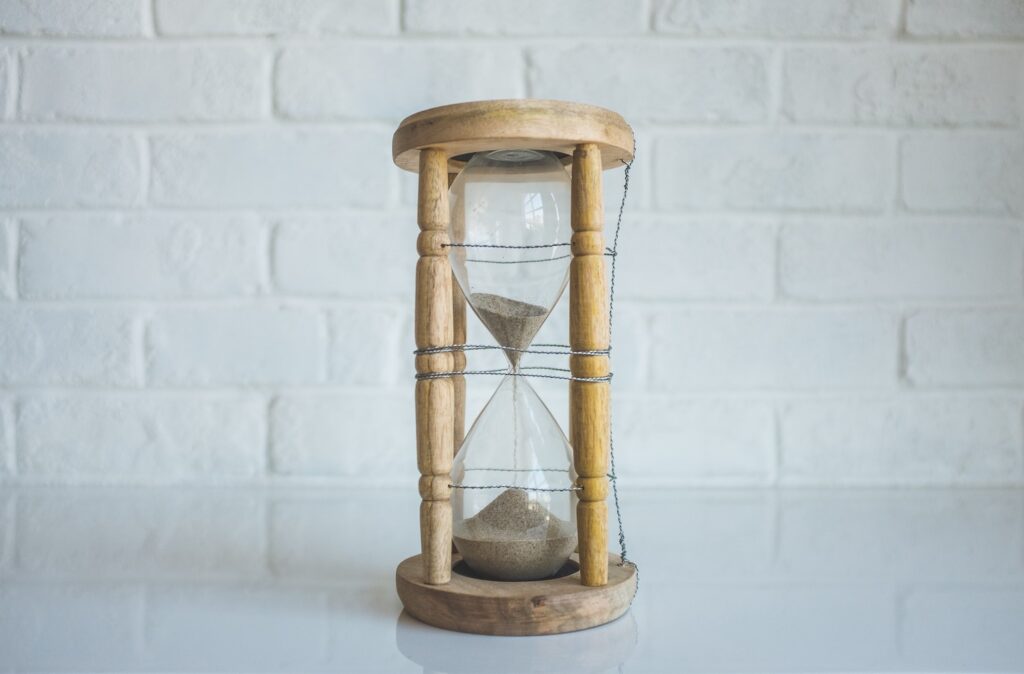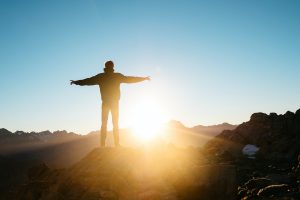
Mindfulness Breathing Space: The Pleasant
So, they say we have a tendency to turn towards the negative. A natural consequence of our need to survive.

Each line of a guided meditation should be pointing at an element of experience.
Chris Cheung, @atoolkitforlife Tweet
In the guided practices on ATKFL, I’d like to highlight not only the practice themselves but also the background intention behind the practice; each line of a guided meditation should be pointing at an element of experience. Something for the guide and participant to be looking at closely. Perhaps this could be something to look at, internal or external, or perhaps it could be an attitude to adopt. Each guidance though is pointing to an element of life as it is experienced.
This is why the Three Step Breathing Space (also known as the 3-minute Breathing Space) is considered to be ‘the spine’ of mindfulness programmes such as the MBCT (Mindfulness Based Cognitive Therapy); not only is the practice short and therefore easily accessible for new practitioners, but also through the three steps, it takes participants through a ‘journey’ of mindfulness practice. As you go through the practice, you may notice the different characteristics of the journey; it starts ‘wide’ looking at sensations, emotions and thoughts, before ‘narrowing’ by focusing on the breath, and then finally ‘widening again’ by looking at the ‘field’ of sensations throughout your whole body. This wide, narrow, wide structure is why mindfulness guides often use the image of the ‘hour glass’ to represent the practice. This wide, narrow, wide structure is also why it is useful for beginners and experienced practitioners alike.
The practice begins by observing the sensations in the body, then thoughts and emotions. This is the first step and it is designed to give the practitioner access to their experience right now and invites them to see the dynamism in the experience. The movement of sensations and how these sensations interact with thoughts and emotions. Which causes which is an interesting question to ask.
The next step is to focus on the breathing. Normally starting with the full duration of an in-breath and the full-duration of an out-breath. This allows the practitioner to start to see the details of the breath and again provides another anchor to the present moment. The breath is a wonderful thing to observe in order to bring us to the present moment as it is always happening ‘now’. It is also a ‘part of us’ and linked to both ‘us’ internally and ‘us’ externally. There are also different areas of breath that we can observe. We can observe the breath at the nostrils or the rising and falling of the belly or the rising and falling of the chest. If these are difficult for some practitioners then feeling the breathing throughout the body or in another part of the body is perfectly fine. The aim is to be observing with increasing clarity. And again just seeing the wonderful dynamism in this simple act which is with us every day of our lives. The in and out, the rise and fall, the start and the end, the pause between.
Mindfulness practice is remembering that you are alive.
Chris Cheung, @atoolkitforlife Tweet
The third step, is a widening of our focus. From narrow focused breathing to the awareness of the sensations of breathing throughout your whole body. During this step, you get a sense for your body as a whole, as yourself as a whole living breathing human being. Occupying this space in the universe. You can extend this feeling of awareness beyond yourself should you wish; being aware of the presence of the people next to you, of yourself in the room, in the area including outside the room, in the universe.
As the practice ends, the practitioner is guided back by focusing on the breath again. Again, there’s no need to force anything. Just breathe naturally. Experiencing the moment for what it is. The invitation; to bring this new sense of self into the next part of your day… and life.

So, they say we have a tendency to turn towards the negative. A natural consequence of our need to survive.

During the holiday seasons there can be feelings that you ‘should’ be feeling one way or the other way; because it is a holiday perhaps
Mindful tools for greater clarity, less stress, and happiness.